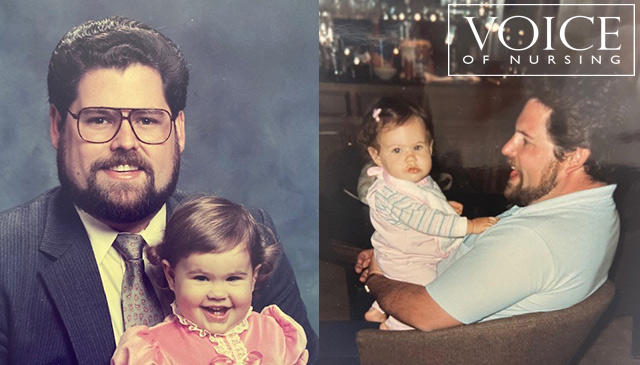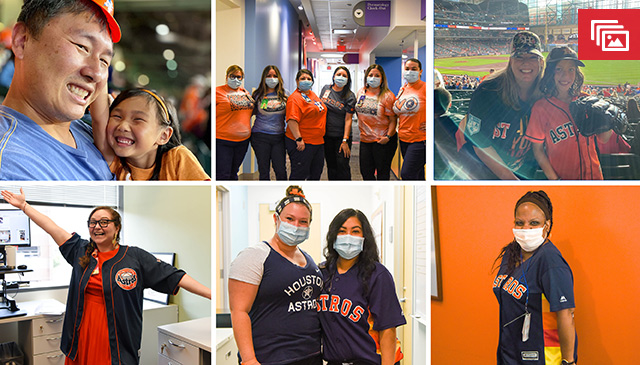
Due to the critical Microsoft “PrintNightmare” vulnerability that affects all Windows devices, Information Services will patch all workstations and servers beginning Friday, July 9, per the schedules below.
Server update schedule
- 10 p.m. Saturday, July 10 to 6 a.m. Sunday, July 11 (8 hours)
- Applications will experience a short outage during the server patching window.
Workstation update schedule
Non-Clinical Workstations Update Window
- Desktops/VDIs: 8 p.m. Friday, July 9, to 6 a.m. Saturday, July 10
- Laptops 8 p.m. Friday, July 9 to Open ended*
Clinical Workstations Update Window
- Even numbered workstations: 1 a.m. to 6 a.m. Saturday, July 10
- Odd numbered workstations: 8 p.m. Friday, July 9, to 1 a.m. Saturday, June 10
How to check a workstation number:
- Click Ctrl + Alt + Delete to open the Windows security information box
- Workstation number – in blue bar at top of box (next to the words “Windows Security”)
*Laptop updates will begin when users connect to Texas Children’s network
Didn’t receive the update?
If your computer does not receive the update, you will receive popup messages that workstation updates are available. Click here for instructions on how to install the updates manually.
Workstation update: On campus
If your workstation is located on campus, please leave it turned on to help facilitate the installation.
- If a workstation is on and unattended, the updates will load automatically.
- If you are at a workstation, here’s what to expect during the update:
-
- You will receive an install notice with a countdown timer displaying the number of minutes until the download begins.
- Log off the workstation before the countdown reaches zero. The updates will then begin automatically.
- Workstations will not be connected to Texas Children’s network during the updates.
- The updates will restart the workstation. Reboot warnings will appear before the machine restarts.
Workstation update: Teleworkers
If you telecommute, follow these steps to receive updates to your TCH computer:
- Lock your computer, leave it on and connected to VPN (if applicable). This will help to facilitate the installation of the updates if your TCH device is connected remotely.
- Your TCH workstation will REBOOT during this process, possibly several times, so please save all current work.
- Remote note: These steps apply only to TCH assets (e.g. laptop) that are connected remotely via VPN. For people that connect via remote.texaschildrens.org on home PCs, there is nothing to do, since your assets in the office will update automatically.
Questions?
For questions about the security updates, call the IS Service Desk at 832-824-3512.
























